In the rapidly evolving field of fisheries management, technological innovations are playing an increasingly critical role in enhancing data collection methods and boosting data integrity. Among these advancements, Passive Integrated Transponder (PIT) tag technology stands out for its ability to track individual fish throughout their lifecycle. When integrated with specialized measuring equipment like the Big Fin Measuring Boards, PIT tag technology transforms fish monitoring into a seamless and highly accurate process.
What Are Fish Boards?
The Role of Big Fin Measuring Boards
Fish boards, also known as measuring boards, are essential tools in fisheries research and management. They are used to measure fish quickly and accurately, providing vital data on fish size and growth patterns. However, modern fish boards like the Big Fin Measuring Boards offer much more than simple measurement capabilities.
Big Fin Measuring Boards are at the forefront of integrating cutting-edge technologies into traditional fish measurement. These boards are designed not only for measuring fish but also for facilitating comprehensive data collection processes. With their sturdy construction and precision, Big Fin Boards ensure that measurements are not only easy to obtain but also exceptionally precise, thereby increasing the integrity of the data collected.
Enhancing Big Fin Boards with PIT Tag Technology
The integration of PIT Tag technology with fish boards represents a significant leap forward. PIT tags are tiny electronic devices that, when implanted in a fish, transmit unique identification codes to a scanner. By equipping Big Fin Measuring Boards with PIT Tag scanners, researchers can automatically record the identity of each fish as it is measured. This process drastically reduces the chances of human error and speeds up the data collection process.
Additional Technological Integrations
The versatility of Big Fin Measuring Boards is one of their strongest features. These boards can be customized with a variety of technological accessories to suit different research needs:
- PIT Tag Scanners: Automatically read the PIT tags in fish, capturing unique IDs without manual input.
- Cameras: Attach cameras to the boards for photo identification, which can be particularly useful for studying species with distinct visual markings.
- Digital Calipers and Scales: Use these tools for precise measurements of length and weight, automatically syncing the data with the main database.
- Thermometers: Monitor the water temperature during the measurement process, providing context for environmental conditions affecting the fish.
Bluetooth Capability and Software Integration
One of the standout features of the Big Fin Measuring Boards is their compatibility with Bluetooth-enabled devices. This allows for the seamless integration of various accessories with the board’s software, ensuring that all data from scales, calipers, and thermometers are automatically recorded and stored in a central database. This level of integration not only simplifies the workflow but also enhances the accuracy and reliability of the data collected.
Customization: Tailoring to Your Needs
Every research project has unique requirements, and Big Fin Measuring Boards are designed to meet these diverse needs through customization. Whether it’s adding specific types of scanners or adjusting the software to handle data from multiple accessories simultaneously, these boards can be tailored to fit the specific demands of any research initiative.
Conclusion
The integration of PIT Tag technology with fish boards like Big Fin Measuring Boards is revolutionizing fisheries management. By automating data collection and enhancing the accuracy of data, these technologies are not just improving research efficiency; they are also paving the way for more sustainable management practices. As technology continues to advance, the potential for further innovations in fish monitoring and data integration looks promising, promising a future where fisheries management is driven by precision, efficiency, and sustainability.

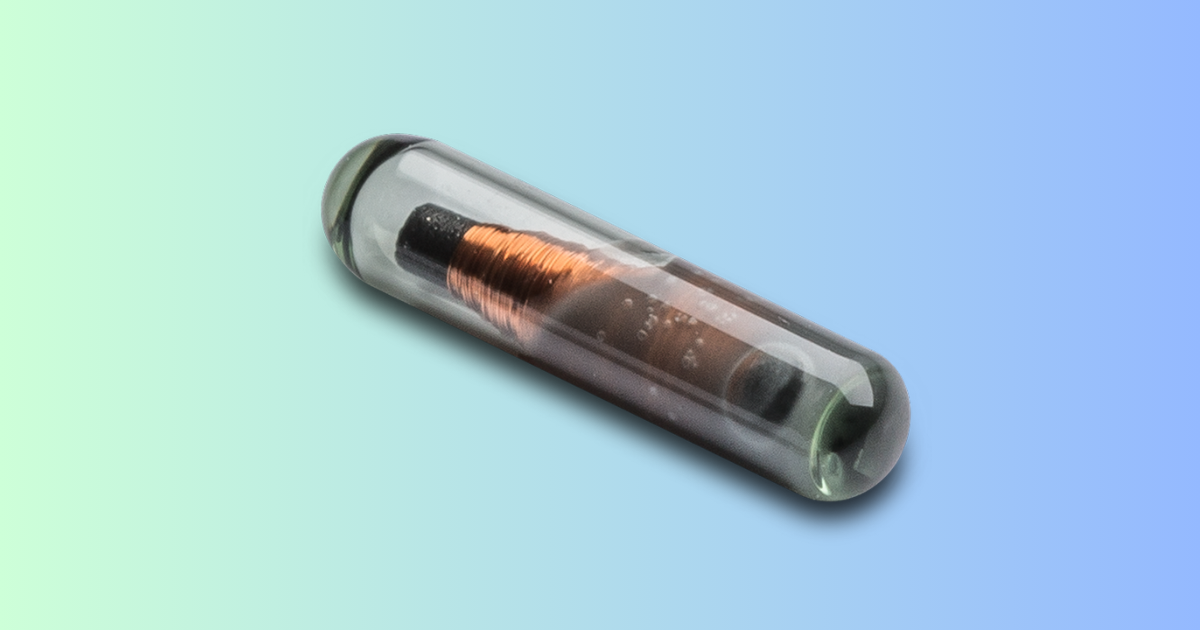
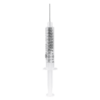
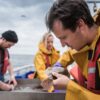
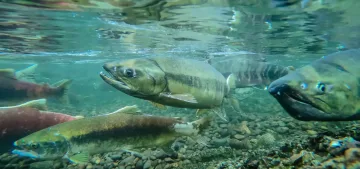
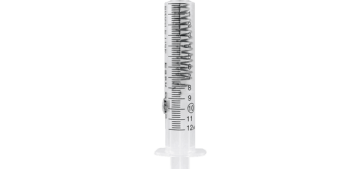
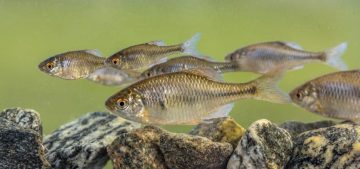
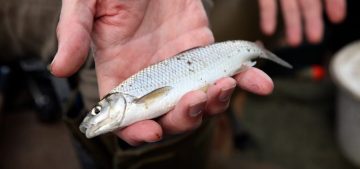
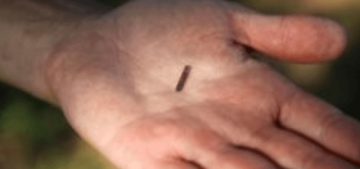
Add comment